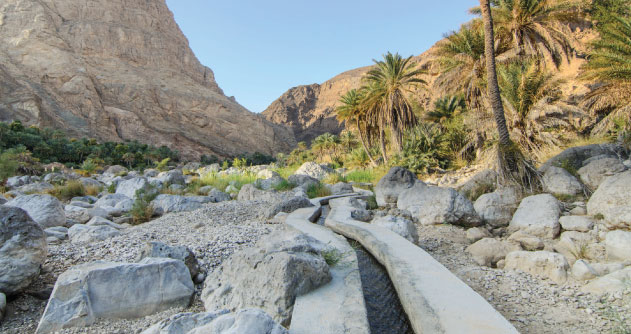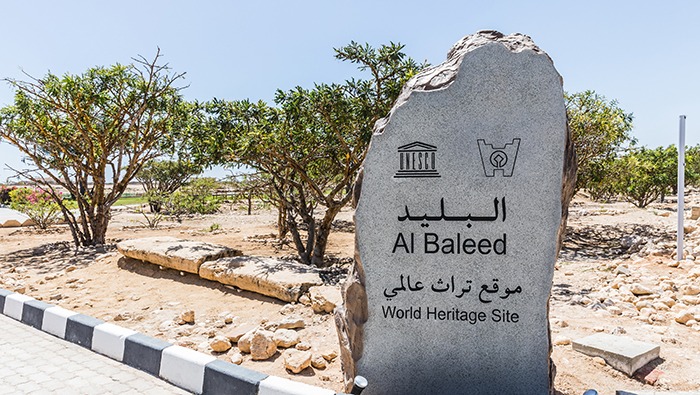

There has been an increase in the number of visitors to the UNESCO World Heritage Site in Dhofar called the Land of Frankincense, according to the Directorate General of Heritage and Tourism in Dhofar. Frankincense is an integral part of Oman’s culture and heritage. This aromatic resin is mostly used in incense and perfume and obtained from the tree bark of genus Boswellia. Frankincense is also known for its healing and restorative properties.Locally known as luban, Oman is known to produce the world’s finest frankincense.
The best quality of frankincense is found in the Dhofar region and is abundantly available in the souqs. Hafa Souq in Salalah is an exclusive place that sells them. Oman’s frankincense trail in Dhofar region was visited by explorers Marco Polo and Lawrence of Arabia. The frankincense tree (boswellia sacra) can still be found in Wadi Dawkah. The trees grow in the alluvial bed of the wadi under the extreme heat of this region.
According to UNESCO, “the frankincense trees of Wadi Dawkah and the remains of the caravan oasis of Shisr/ Wubar and the affiliated ports of Khor Rori and Al Baleed vividly illustrate the trade in frankincense that flourished in this region as one of the most important trading activities of the ancient and medieval world.
“The four components of the Land of Frankincense dramatically illustrate the trade in frankincense that flourished in this region for many centuries. They constitute outstanding testimony to the civilisations in south Arabia since the Neolithic age.”
According to Oman’s Ministry of Tourism, “Frankincense is a symbol of life, or rather it is life itself, for the Dhofari people. It is not a mere tree, but an embodiment of culture, history, sociology and geography. The Museum of the Land of Frankincense is located in the region of Al Baleed in Salalah and borders the ruins of Al Baleed Archaeological Park. Visitors can discover how trade with Frankincense and maritime strength ensured that the region flourished in the 12th century.